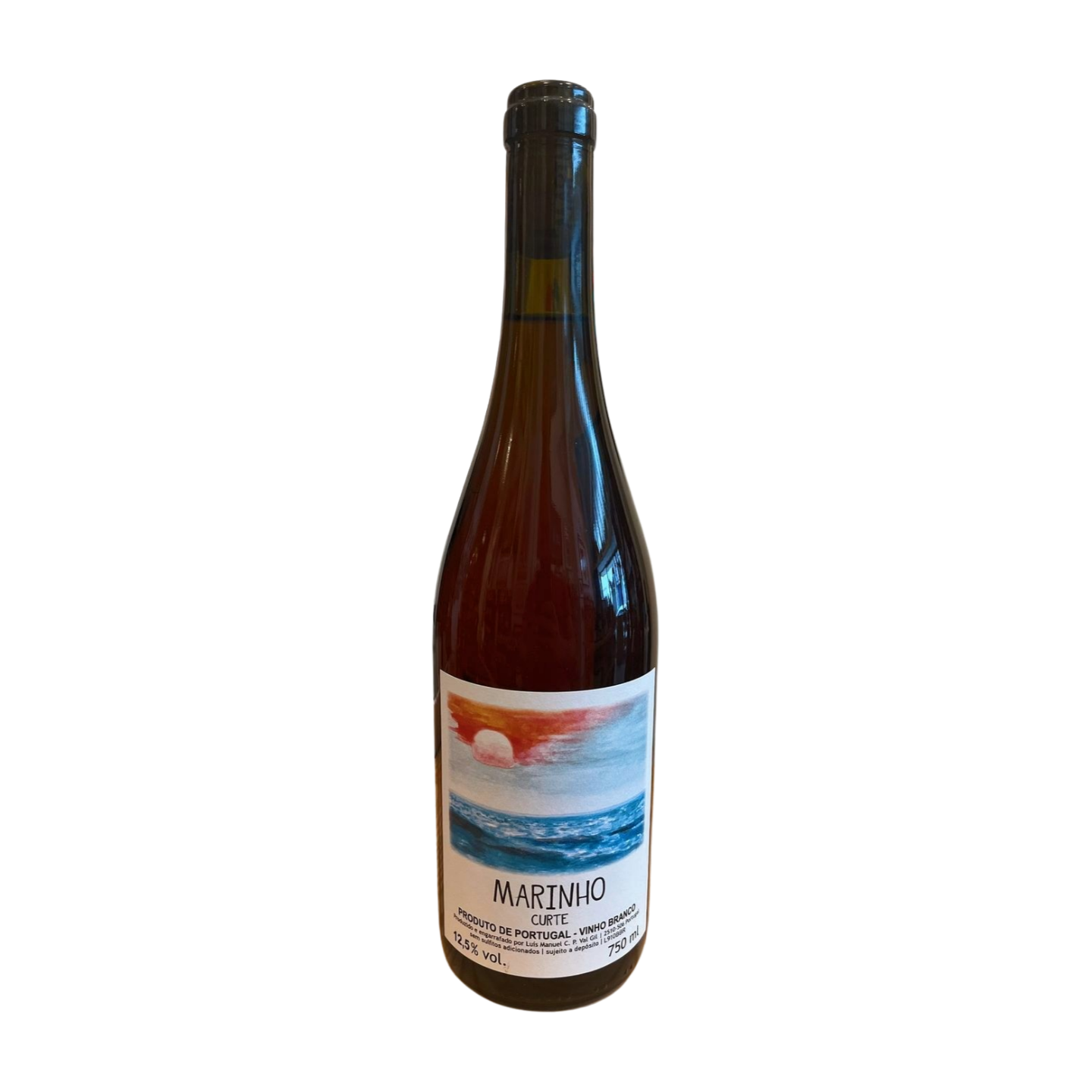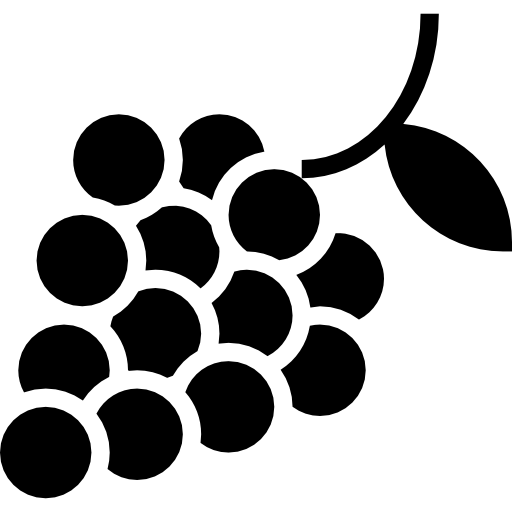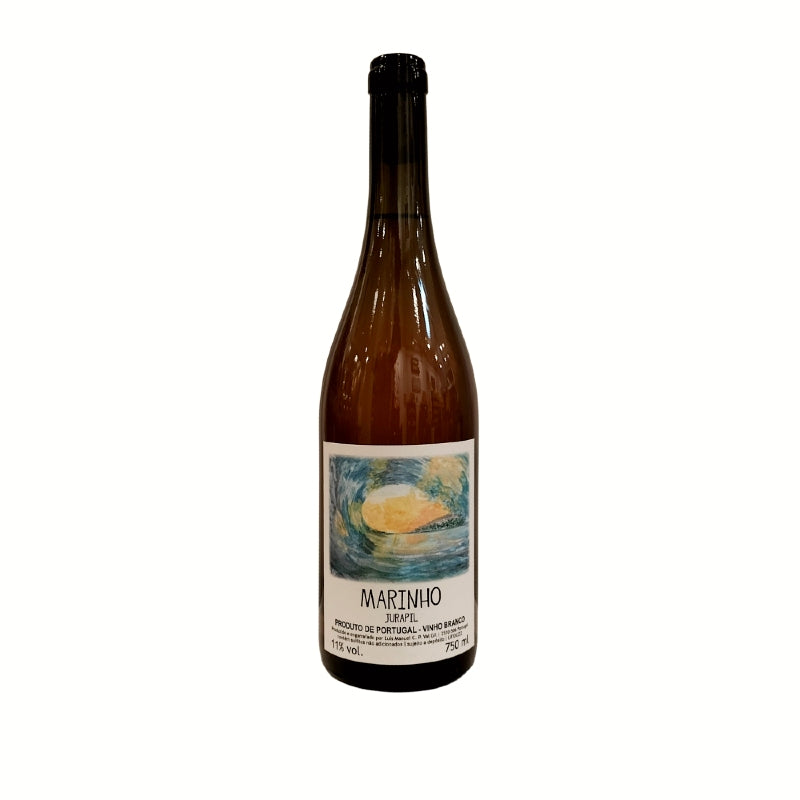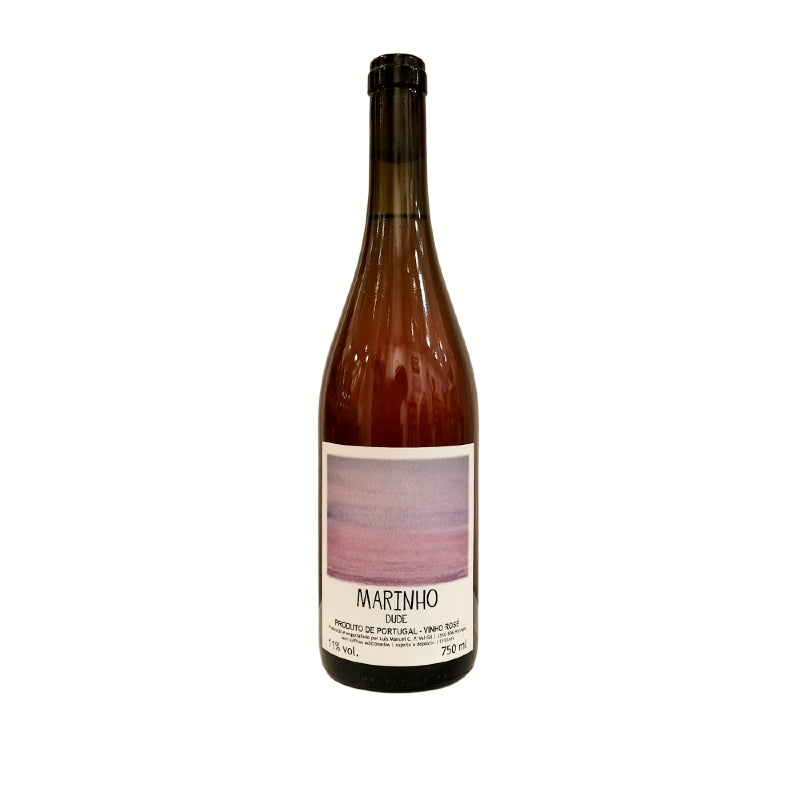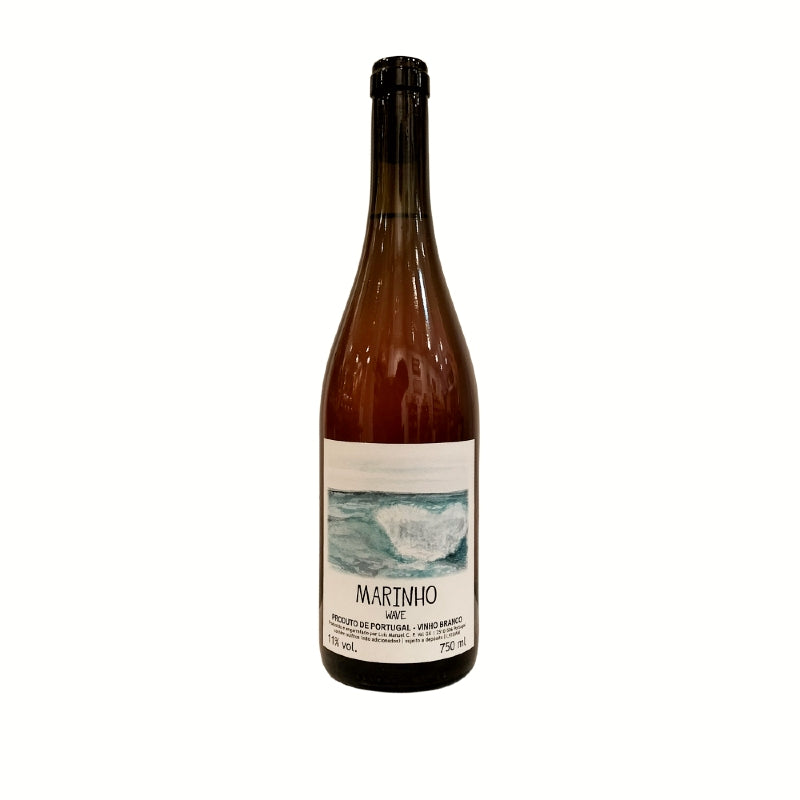A captivating Portuguese white wine born from the Lisbon region, specifically around Óbidos, and crafted by Luís Gil, a winemaker dedicated to expressing the Atlantic terroir through minimal intervention. The wine is a testament to the region's diverse viticulture, often comprising an old field blend of indigenous white grape varieties such as Alicante Blanco, Arinto, Fernão Pires, Sara Nova, Seminário, and Vital. These ancient vines, some over a century old, are farmed organically, reflecting Gil's commitment to sustainable practices and allowing the unique character of the fruit to shine through.
The production of Curte Branco is deeply rooted in traditional methods, yet with a keen eye on natural expression. Grapes are meticulously hand-harvested and undergo foot treading, a gentle method that respects the integrity of the berries. Following this, the wine experiences a period of maceration with whole clusters, typically around 10 days, allowing for a subtle extraction of aromatics and a unique textural quality without becoming an overt orange wine. This gentle skin contact contributes to the wine's depth and complexity. The pressing is carried out with a vertical hand press, further emphasizing the artisanal approach.
Fermentation of the Curte Branco occurs naturally, relying on indigenous yeasts present in the vineyard and cellar, a hallmark of low-intervention winemaking. After fermentation, the wine is typically aged for an extended period, often around 23 months, in a 400-liter barrel. This prolonged maturation on its lees, the spent yeast cells, contributes to the wine's rich texture, stability, and integration of flavors. The wine is then bottled using gravity, further minimizing handling and preserving its natural characteristics, often with minimal to no added sulfites.
On the palate, Marinho's Curte Branco presents as a complex and vibrant white wine that beautifully reflects its Atlantic influence. It often showcases an intense aromatic profile of ripe fruit, particularly notes of tangerine, apricot, and even a hint of melon, interwoven with more savory elements like tea leaves and a distinctive saline minerality. The texture is often described as creamy or rich, yet it maintains a firm acidity that provides freshness and balance. The prolonged aging contributes to a surprising depth and a long, persistent finish, making it a wine of character and elegance.
